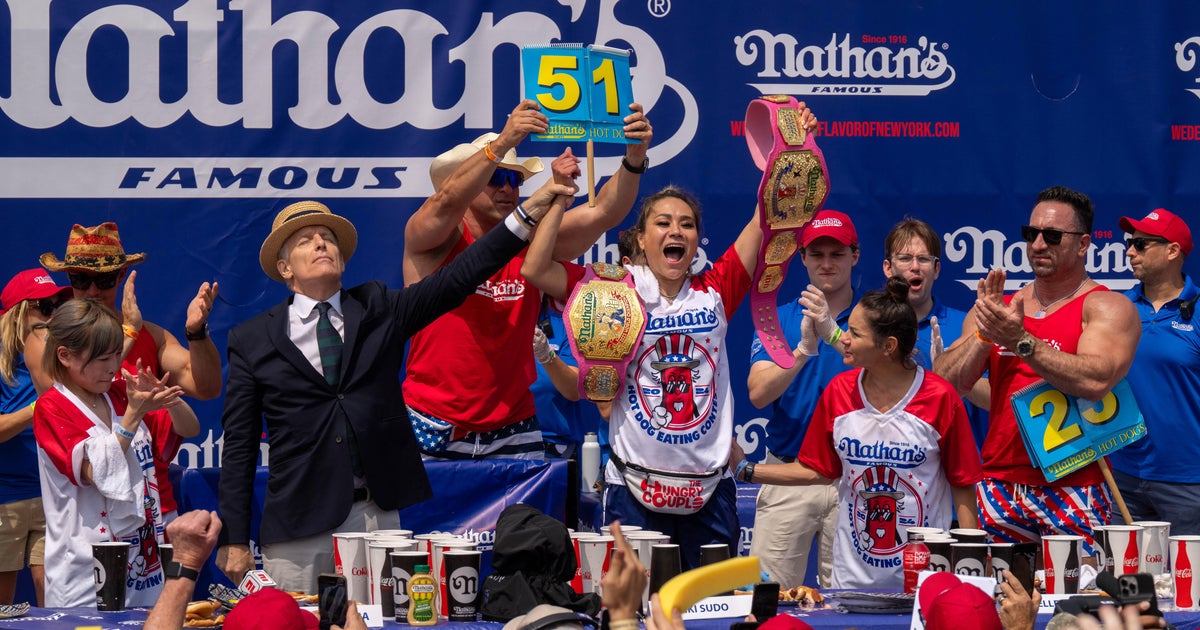As is true of every Freer exhibition, all the items are from the museum’s permanent collection. The objects include several purchased by Charles Lang Freer, the museum’s namesake and original benefactor, including a set of five elegantly decorated 12th-century bronze ritual bells. But the selection relies heavily on the calligraphy collection of Boston professors (and life partners) Sylvan Barnet and William Burto, much of which was posthumously donated to the Freer in 2014.
East Asian calligraphy has developed into an art form that can be idiosyncratic and highly personal. But the scribes who copied the canonical scriptures called sutras during the first centuries of Japanese Buddhism employed a more generic style. The examples in “Words of Wisdom” are written precisely and aligned carefully. “It’s almost a typewriter style of calligraphy,” notes the show’s curator, Frank Feltens, the museum’s curator of Japanese art.
The texts may be unreadable to most visitors, but what’s clear is the reverence with which they were made. In some examples, each kanji is placed separately inside a tiny rendering of a pagoda, illustrating the sanctity of every syllable. Some of the sutras were written laboriously with fast-drying gold or silver pigment on indigo-dyed paper. These costly ingredients signify the high value of the words.
Although the texts were introduced, and preserved, in Chinese, Japanese Buddhists knew that they had previously been translated from Sanskrit. One of the texts here, a 12th-century rendering of part of what’s known as the Lotus Sutra, shows an unusual variation in the thickness of the lines. The technique is apparently an attempt to write Chinese script that mimics the fluidity of Sanskrit.
Buddhism accumulated a lot of lore as it traveled the Silk Road from northern India to central Japan. (The religion first took root in Japan in the area around Nara, south of Kyoto.) Multiple gods and magical practices that aren’t mentioned in the earliest known Buddhist teachings became widely accepted.
The sutras themselves were thought to have supernatural powers and were sometimes deployed as protective talismans. On display here is a cylindrical bronze sutra container whose corroded green surface indicates it was buried underground. This was probably done in an attempt to preserve the text’s teaching during a prophesied dark age in which Buddhism was expected to decline.
In fact, Buddhism did eventually wane in Japan, but not for occult reasons. During the 19th century, the newly imperialistic government promoted Shinto, the country’s Indigenous animist tradition, over Buddhism. Under both political and financial pressure, temples sold many of their artifacts and texts. The latter were cut into excerpts and affixed to hanging scrolls as objects of aesthetic appeal as well as spiritual significance.
These are mostly what’s on display in “Words of Wisdom.” Deconsecrated and easily mobile, these elegantly mounted fragments were dispersed around the country and the world. Some were sold to Freer and other Western collectors.
A few of the show’s documents feature illustrations, including a rendering of the Buddha in a Japanese imagining of an Indian setting. There’s also a scroll that features an illustration of court dancers in butterfly costumes, a scene of no apparent religious significance.
Works on paper can’t be exhibited for long periods because of possible light damage. The current edition of “Words of Wisdom” will end Sept. 3, and a second one will open Sept. 23. In the next version, the emphasis will be on paintings rather than text. Like the calligraphy on display, these pictures transfigure Indian inspirations and Chinese interpretations into something that is uniquely Japanese.
Words of Wisdom: Buddhist Calligraphy from Japan
Freer Gallery, National Museum of Asian Art, 1050 Independence Ave. SW. asia.si.edu.















































